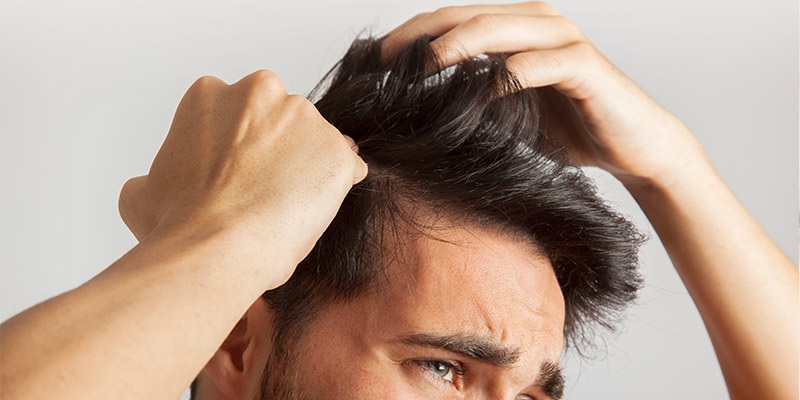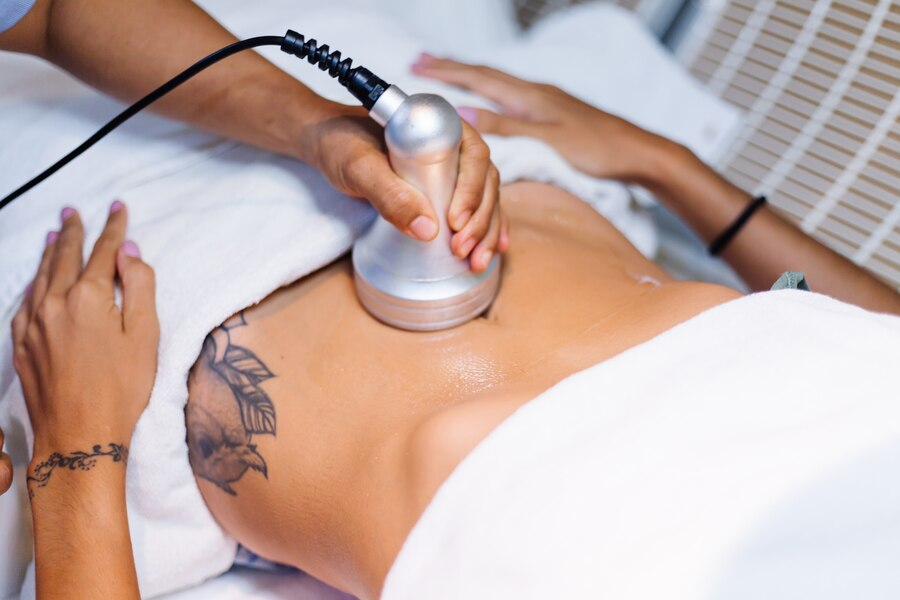Before starting, it is worth knowing that seborrheic dermatitis does not cause harm to the body and hair. But when you get it, the skin on the scalp and other body parts develops a reddish tinge and becomes dry, flaky, and itchy. Seborrheic dermatitis is a common but non-contagious condition. Its presence does not indicate that the skin is dirty or infected.
Seborrheic dermatitis is a disorder that is simple to diagnose because of how it looks on the skin that is affected and where it manifests on your body. There is no requirement for blood, urine, or allergy tests to diagnose it if you have seborrhoeic dermatitis symptoms. If your illness does not improve with treatment, your dermatologist will conduct a skin biopsy to rule out other diseases.
What are the causes of seborrheic dermatitis? What aggravates it?
The precise origin of seborrheic dermatitis is unknown. Professionals believe there could be a variety of causes. Considered contributing factors include the following:
People’s skin contains a type of yeast called Malassezia, but this yeast overgrows in some people’s skin. This can result in:
- An elevated hormone level of androgens.
- A higher concentration of skin lipids.
- An inflammatory reaction.
- Family history of dermatitis.
Well-known seborrheic dermatitis triggers:
- Stress
- Dry and cold climate.
- Rough and oily skin.
- Using lotions with alcohol in them.
- Previous history of various skin conditions, such as rosacea, psoriasis, and acne.
Does the weather make seborrheic dermatitis worse?
The dry air that blows during winter will trigger seborrhoeic dermatitis symptoms. Summertime is when the dermatitis is easily controllable. The sort of yeast that overgrows on the skin of those who suffer from seborrheic dermatitis can be killed by the UV-A and UV-B rays of the sun. But if you attempt this, be careful about sunburn.
Reducing possibility of seborrheic dermatitis occurrence
To avoid seborrheic dermatitis, not much can be done. It’s normal and safe to have a cradle cap. It can easily be handled at home. Suppose you have seborrheic dermatitis as an adult or teenager. In that case, you may be more susceptible if you have higher than average amounts of androgens, higher levels of lipids in your skin, or an overgrowth of the yeast that is present by default on human skin.
Taking enough rest, managing your emotional stress, and taking a little daily dose (minutes) of sunlight (UV light) are some straightforward good habits you may adopt to lower your risk. Avoid the sun during the noon hour.
Always abide by your doctor’s directions when using medicated shampoos and skin care products. Your disease may flare up and require additional visits to your healthcare practitioner if you receive insufficient or improper care.
How do I take care of myself?
Try some of the over-the-counter dandruff shampoos if your scalp has seborrheic dermatitis. Look at the active component in the shampoo and try another one with a different active ingredient if the first one doesn’t work. Let shampoo sit on your scalp for at least five minutes before rinsing it off.
Consult a dermatologist or general doctor if you suspect seborrheic dermatitis on your face or body. They will check you out to see how bad your ailment is.
Final thoughts
If your symptoms worsen or you encounter a seborrheic scalp flare-up, consult a dermatologist. The dosage you are now taking, the medications you are currently taking, or both may need to be changed by your skin doctor.




